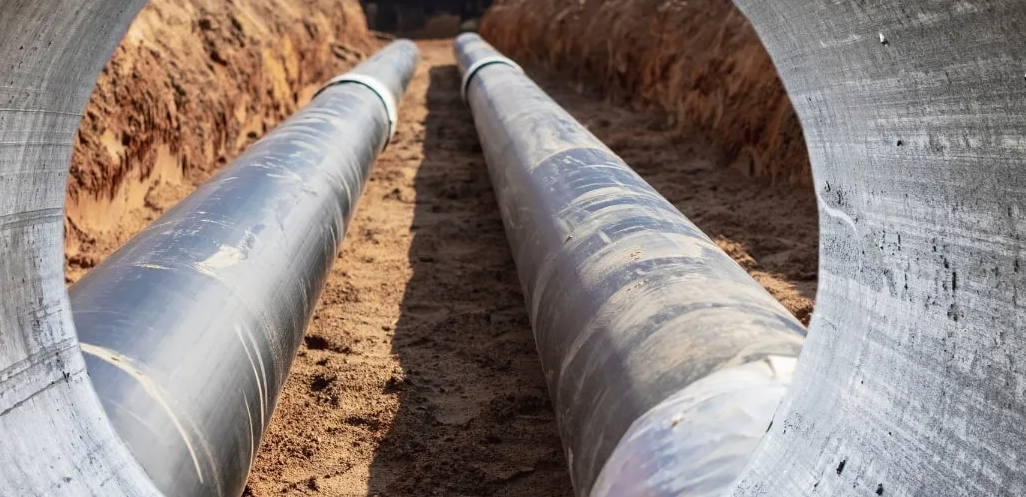When sewer lines break or deteriorate, the repercussions for Seattle homeowners and businesses can be significant, necessitating prompt and effective repairs. The choice between traditional and trenchless sewer repair methods is crucial, each with distinct advantages and considerations. These are some of the differences between traditional and trenchless sewer repairs, helping Seattle residents make informed decisions about their sewer repair needs.
Traditional Sewer Repairs: The Conventional Approach
Traditional sewer repair is a method that has been used for decades, involving the excavation of trenches to remove and replace damaged sewer pipes. This process is often extensive and can be quite invasive, requiring significant digging in yards, driveways, or even under buildings.
Advantages:
- Accessibility: Traditional repair methods allow full access to the damaged pipe, facilitating comprehensive repairs or replacements.
- Universality: This method can be used for almost any type of sewer damage or configuration.
Disadvantages:
- Disruption: The excavation process can be highly disruptive, damaging landscapes, hardscapes, and potentially impacting nearby structures.
- Cost: The extensive labor, restoration of affected areas, and longer project durations can result in higher overall costs.
- Time-consuming: Traditional repairs can take several days to weeks, depending on the severity of the damage and the complexity of the pipe layout.
Trenchless Sewer Repairs: The Modern Solution
Trenchless sewer repair is a more recent innovation that minimizes ground excavation. Techniques such as pipe lining (CIPP) and pipe bursting allow repairs to be made from small access points, significantly reducing landscape and structural disruption.
Advantages:
- Less Intrusive: Trenchless repairs cause minimal damage to property, preserving landscaping, driveways, and structures.
- Cost-Effective: Reduced labor and minimal landscape restoration lead to lower costs compared to traditional methods.
- Faster: Most trenchless repairs can be completed in a day or two, minimizing disruption to homeowners and businesses.
Disadvantages:
- Not Always Feasible: Trenchless methods may not be suitable for all types of sewer line damage or configurations, particularly in cases of collapsed pipes or severe misalignments.
- Initial Investment: The technology and equipment for trenchless repairs can be more expensive upfront, although this is often offset by lower overall project costs.
Comparing the Impact on Seattle Properties
The choice between traditional and trenchless sewer repairs often comes down to the specific circumstances of the sewer damage and the property itself. For Seattle properties with extensive landscaping, mature trees, or hardscaping that would be costly or impossible to restore, trenchless repairs offer a compelling advantage. Conversely, in situations where sewer lines have collapsed or where extensive damage requires direct access to the pipe, traditional methods may be the only viable option.
Environmental Considerations
Trenchless sewer repairs are generally considered more environmentally friendly due to the reduced disruption to the ecosystem. By preserving landscaping and minimizing the physical footprint of the repair process, trenchless methods help maintain the natural habitat and reduce the carbon footprint associated with extensive excavation and machinery use.
Making the Right Choice for Your Seattle Property
Ultimately, the decision between traditional and trenchless sewer repairs should be informed by a thorough evaluation of your sewer system’s condition, the specific nature of the damage, and the characteristics of your property. Consulting with a professional sewer repair service in Seattle that offers both traditional and trenchless options can provide valuable insights and recommendations tailored to your unique situation.
While trenchless sewer repairs offer a less invasive, cost-effective, and quicker solution for many Seattle properties, traditional methods still play a crucial role in addressing certain types of sewer line damage. By understanding the advantages and limitations of each approach, Seattle residents and business owners can make informed decisions that ensure the longevity and reliability of their sewer systems.

